
Tideworks delivers world-class TOS solutions. Advent eModal better connects terminals to the greater logistics ecosystem. Together, they provide unmatched service to an expanding, shared customer pool.

Tideworks delivers world-class TOS solutions. Advent eModal better connects terminals to the greater logistics ecosystem. Together, they provide unmatched service to an expanding, shared customer pool.
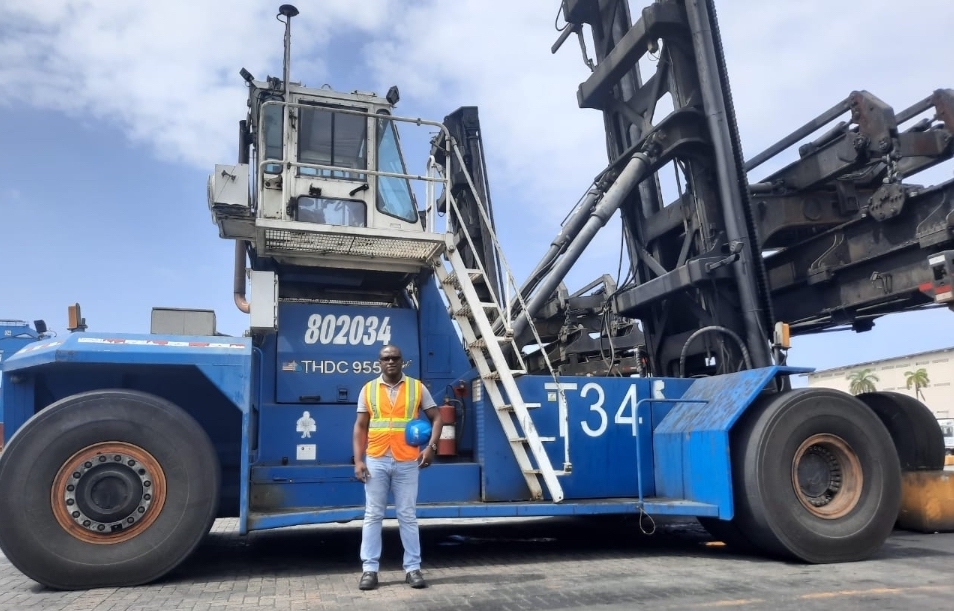
This article will follow the experiences from the CMU Instructor’s story. As you’ll see, the pandemic turned his six-week training course into a four-month saga filled with excitement, opportunity, and a training experience beyond his wildest dreams.
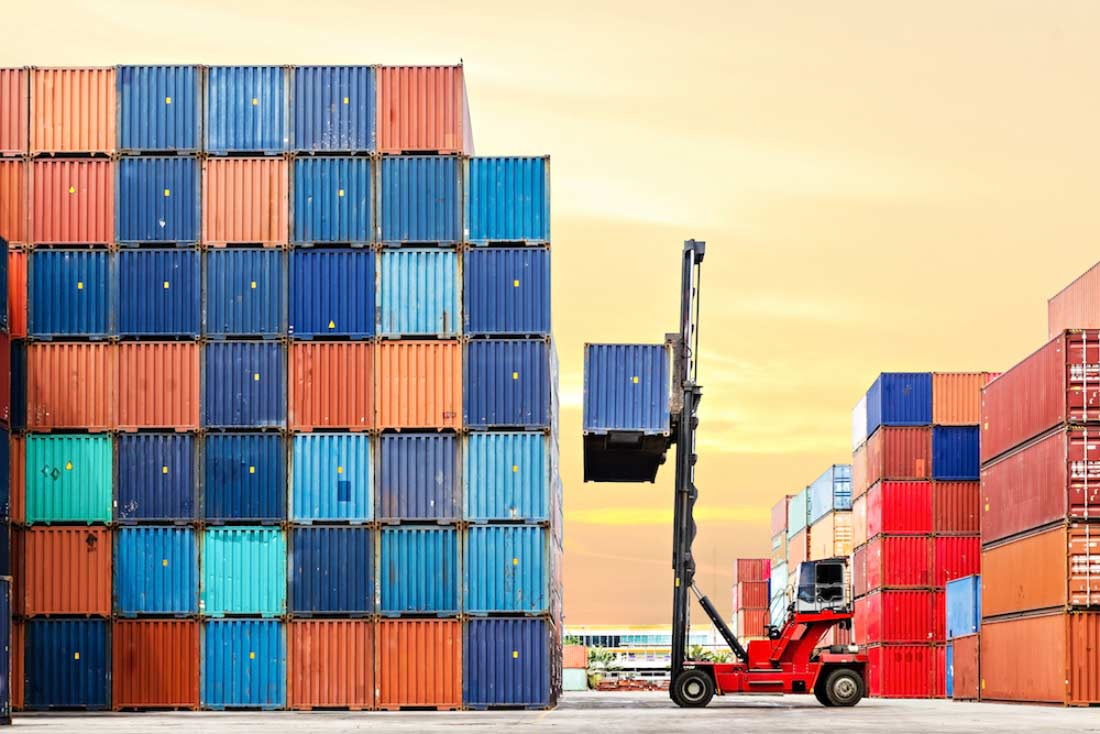
Intermodal terminals of all sizes are facing efficiency challenges that require data-driven solutions. We discuss those challenges and their solutions.
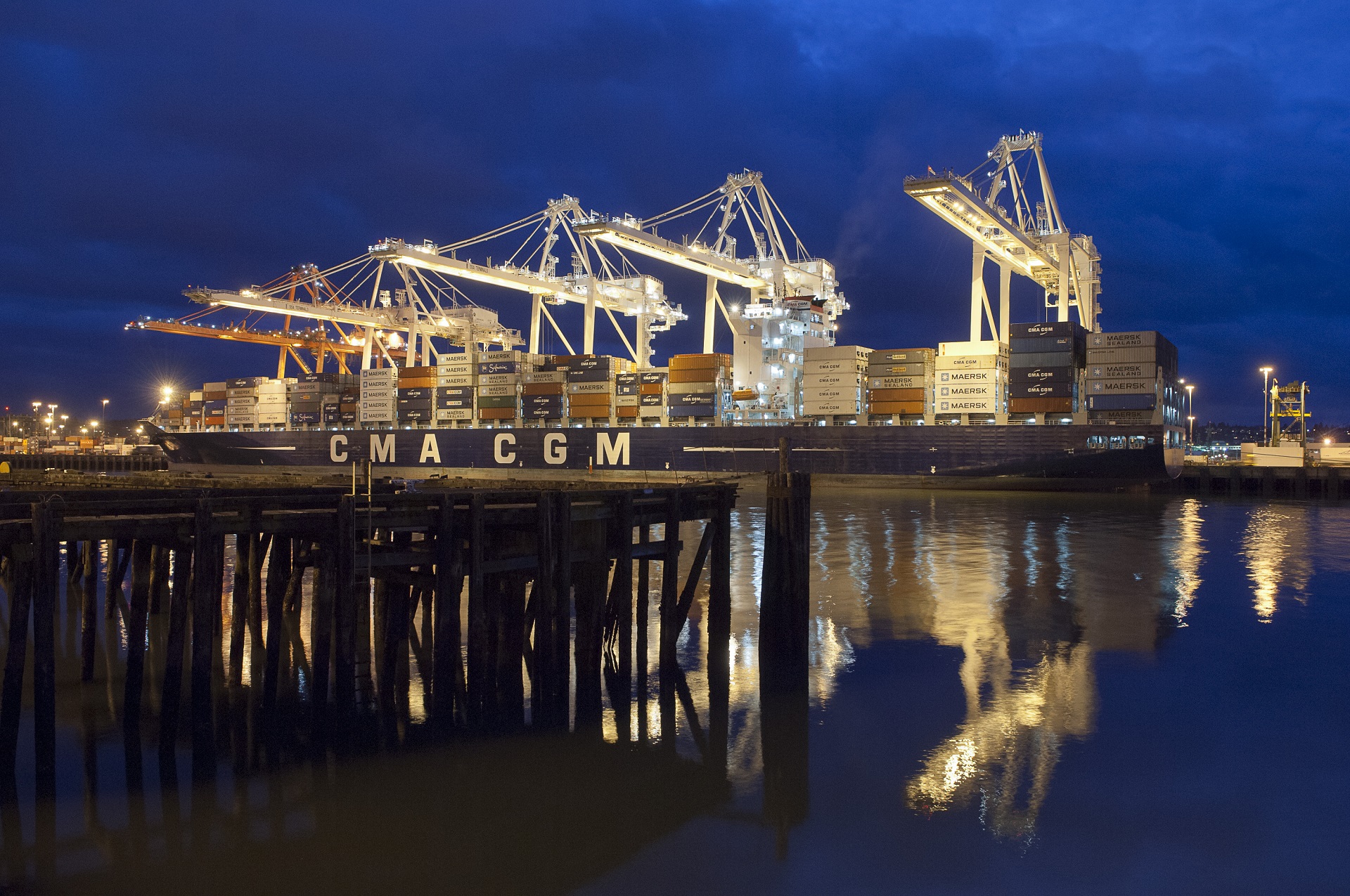
This is the second part of a two-part series. In part two, we’re going to delve deeper into the technological push for efficiency that drives progress in an industry faced with limited space, changing conditions, and ever-increasing demands and expectations. We’ll see how digital automation is making the difference, delivering the port of the future today.
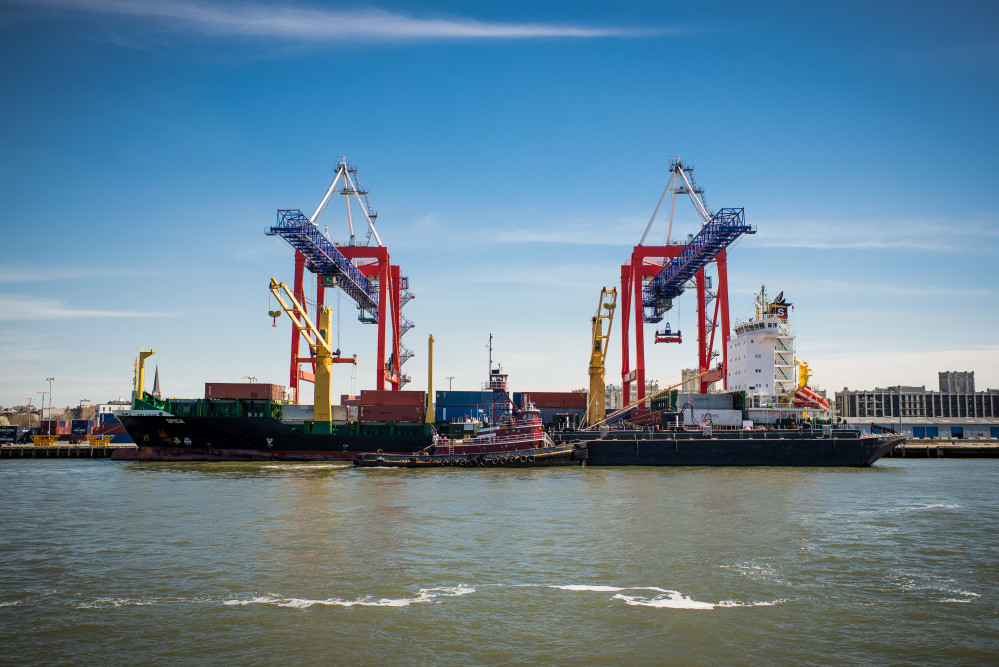
Port automation is the future, but the future is very much founded in the present. Automation is already helping ports around the world increase efficiency, serve more customers and handle more cargo with fewer resources, and increase visibility into the data that drives better decisions.

The old days of business intelligence weren’t that long ago. The field is moving forward at breakneck speed, and data practices that were unheard of just a few years ago are now commonplace. The way that businesses, and terminals specifically, should be approaching their data collection is changing, and those that ignore the shift will find themselves at a disadvantage.

We live in a big data world, it’s hard to deny it. Artificial Intelligence and Machine Learning are doing everything from improving industrial agriculture to providing recipe recommendations and telling you about restaurants nearby that you might like. Data is everywhere, in every industry, in every home. That being said,…
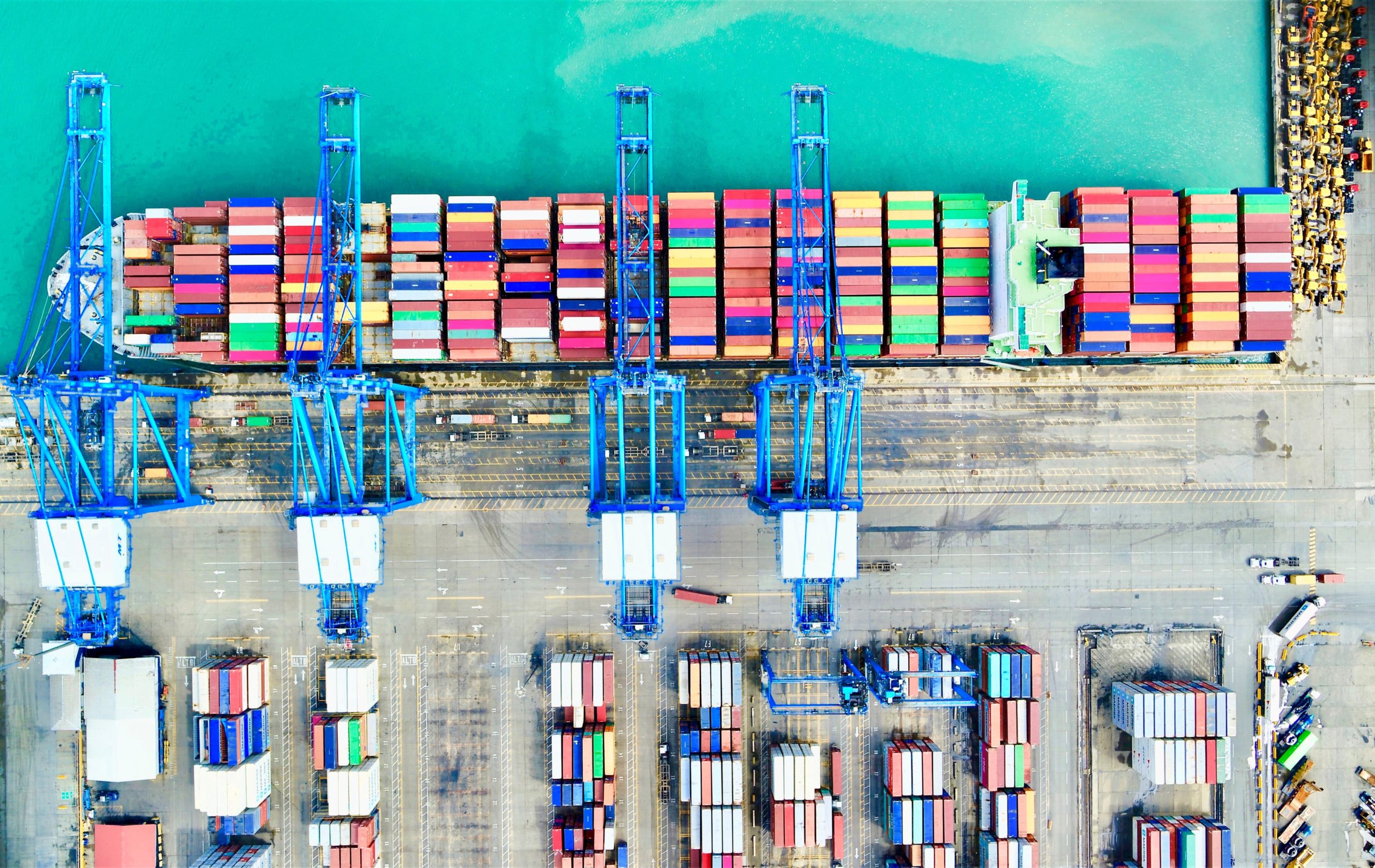
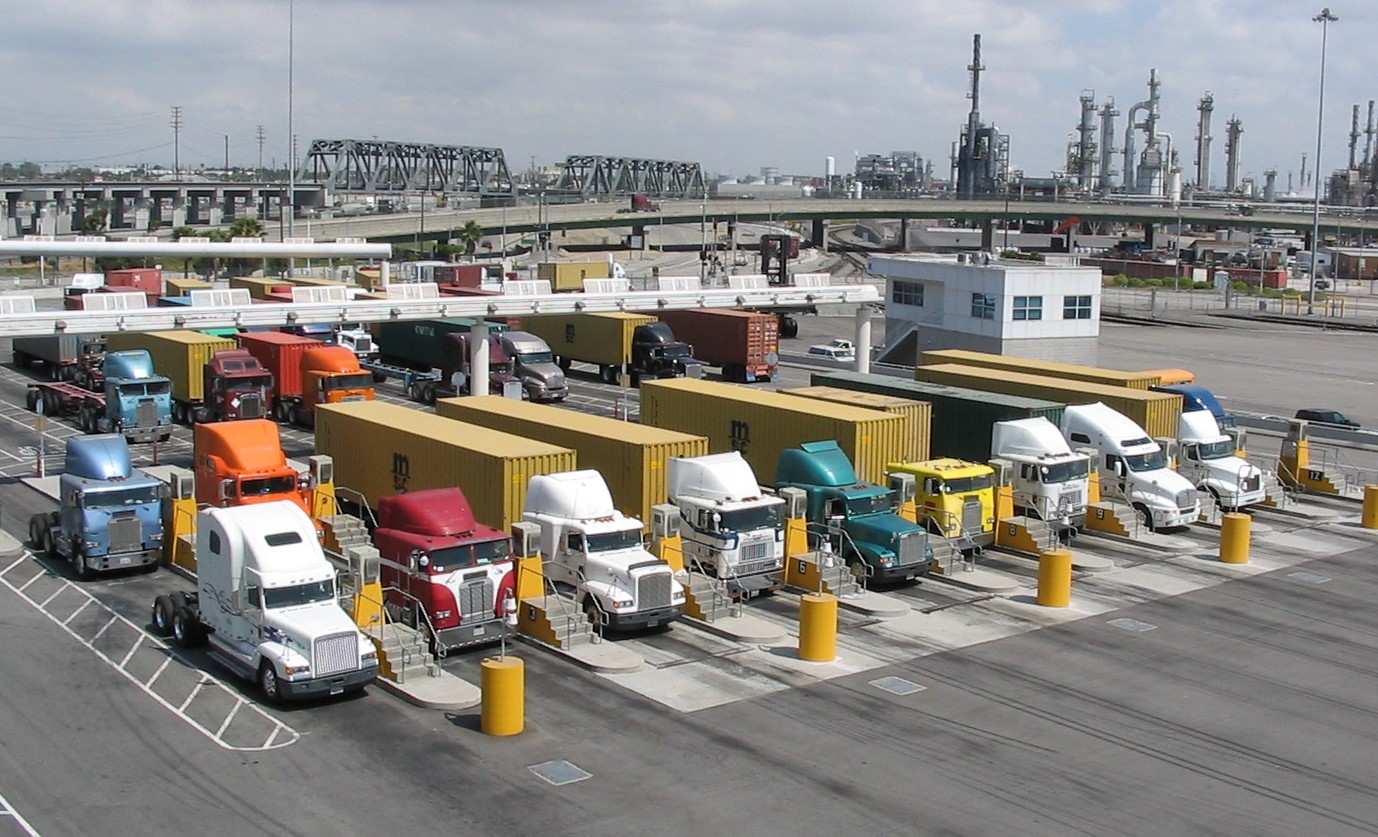
Recent Comments